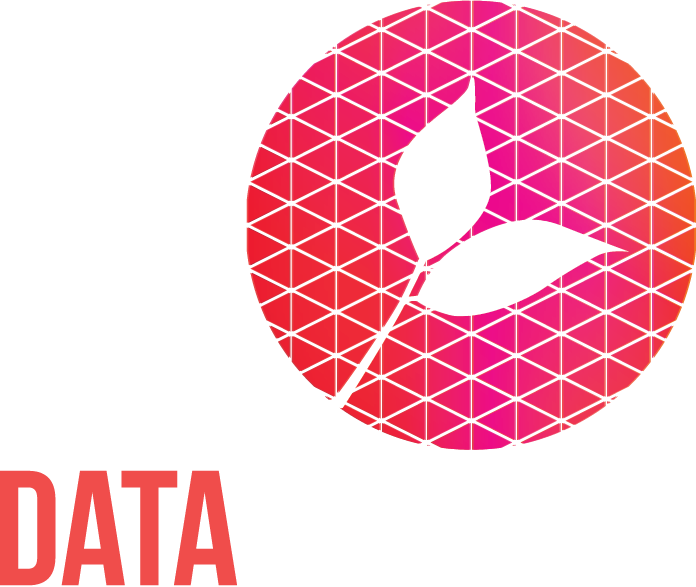LGBT Foundation: Developing a single source of truth
From summer 2023 to spring 2024, we worked with 10GM, a joint venture supporting the Voluntary, Community and Social Enterprise (VCSE) sector in Greater Manchester, to research the sector’s use of data and intelligence in the region. As part of this project, we identified and co-produced case studies of inspiring organisations’ data journeys. Demonstrating ‘the art of the possible’, these case studies highlighted some more advanced use of data, allowing peer organisations to visualise their own path to data improvement.
This case study – on LGBT Foundation’s journey from data silos to a single source of truth – was first published on the 10GM website. We’ve reproduced it here with permission.
Context
LGBT Foundation is a national charity with LGBTQ+ health and wellbeing at the heart of everything they do. Based in Manchester, they have 77 employees, 288 volunteers, and £4M income in 2022-23.
The problem
LGBT Foundation has valued data collection for a long time, but when Tom Montrose-Moss joined as Head of Insight and Performance six years ago, most of their data was collected on paper and any digital information was stored in an array of separate spreadsheets. It was very difficult to answer simple questions like 'how many referrals did we get last month?', as it meant extracting the information from a range of sources. This siloing of data also meant staff were often unaware of what people were working on in other parts of the organisation.
“Our CEO said we were 'data rich and knowledge poor'. We were sitting on a lot of information but unable to process it into something that was useable. Sometimes we were collecting information that didn't tell you anything (which we’ve since stopped collecting)."
The data journey
LGBT Foundation was already using a Salesforce CRM, but in a very basic way. Tom's first task was to set up Salesforce so all service activity could be captured into it. Data collection was made more consistent and digitally enabled across the organisation. Forms, previously on paper then scanned and uploaded, were now web-based with drop-down lists to make input easier for staff. At the same time, referral pathways were reviewed, and the user journey was digitised to track which services people accessed, and what their outcome was.
Tom negotiated these changes in data processes by selling the benefits to staff: ability to see what was happening across the organisation; ability to monitor the changing demand for services (and why when things felt hectic, the data affirmed people’s gut feelings); monitoring of service performance indicators such as waiting times.
The pandemic also helped accelerate adoption of a digital approach. The organisation now captures all its service data into Salesforce, from referral through initial assessment, service provision and discharge, with feedback forms submitting directly into the CRM.
Tom created dashboards to give colleagues an overview of what’s going on in services – for example, showing service needs by demographic.
LGBT Foundation are in a strong position to demonstrate community need for their services. They use data to tell compelling stories to different audiences: to funders, to influence public awareness, and to educate staff in other organisations. For example: the TV programme ‘Crimewatch’ featured their data on high rates of domestic abuse in the LGBTQ+ community.
Enablers: a champion, leadership support, and the pandemic
Tom has been an excellent champion for data and feels leadership support and the pandemic have also been key drivers.
"Leadership has valued data and intelligence from day one and their constant drive to be an evidence-based organisation has given me the freedom to develop everything that’s needed. As information has been liberated from the paper space, it's empowered colleagues to have informed discussions and reaffirmed people at the top that their instinct to value data was right.”
Until six months ago, Tom was a one-person-band but, with the growth of the organisation and the value and volume of data, he now has another member of staff on his team. This has increased their capacity to deal with data requests, reporting, and enabled them to provide more internal training.
Challenges: skills development, digital literacy and change
Completing the Data Maturity Assessment made Tom reflect on skills across LGBT Foundation and the sector as a whole. He felt people in charities aren’t usually recruited based on their digital skills. Many are more comfortable with the old familiar ways and tools (like spreadsheets).
“There's a degree of patience and understanding you've got to have with staff in terms of expectations...some colleagues take to [digital tools] like a duck to water but you've got to bring everyone along with you. It's that cultural stuff. Some people [are] still scared by numbers, or [don’t] see the value of all the information they input."
Advice for others in the VCSE sector
Tom’s top three suggestions for others in the VCSE sector are:
1. Design your data collection with the goal of story-telling
Data by itself doesn't really tell you anything. It's how you use it to communicate stories that matters. Create simple tools to tell a three-act story: ‘What was the person’s situation?’, ‘What was their experience of the service?’ and ‘What was the outcome?’. Having the end goal in mind helps inform data collection design.
2. Get as much information as possible into one place
This helps to avoid unnecessary duplication and helps people to understand the whole history of a service user or client.
3. Upskill people so they can see the value of data for themselves
People can’t always see the potential of data. By upskilling staff and enabling them to see the data for themselves, there are immediate rewards, like enabling staff to see service user feedback to demonstrate the difference they've made to someone's life.

